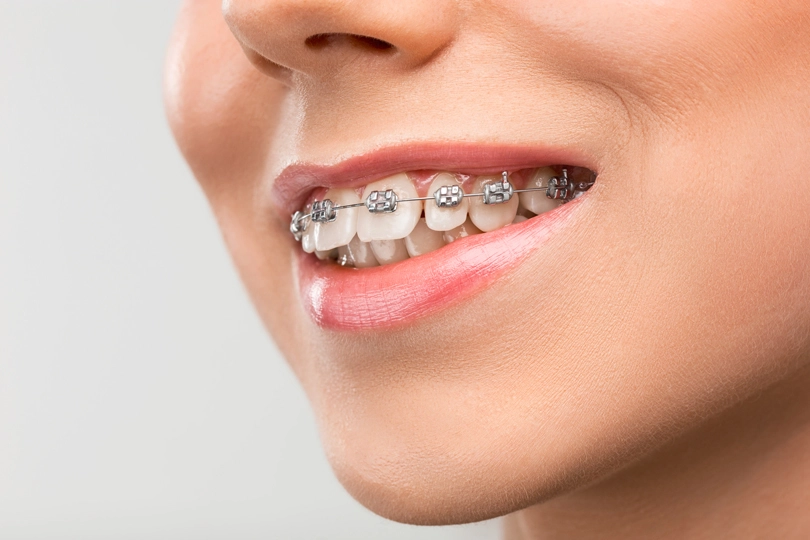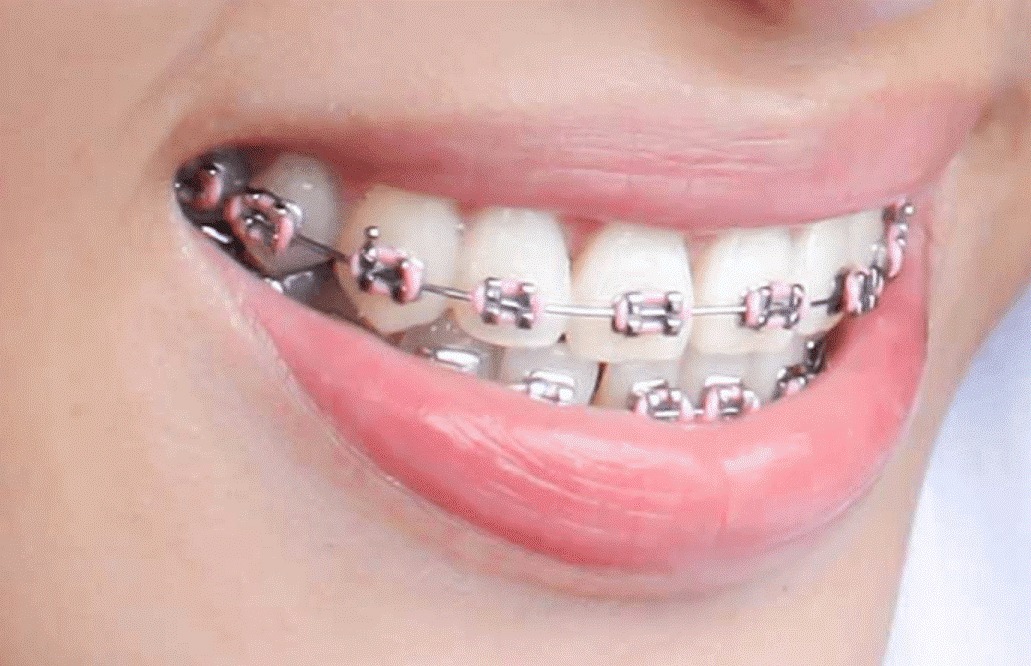Orthodontics
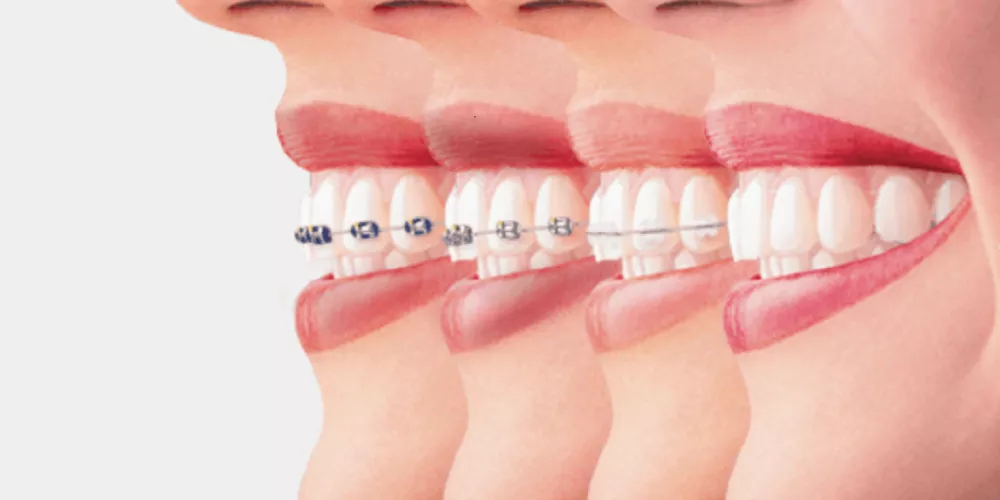
Orthodontics is one of the branches of dentistry that deals with the diagnosis and treatment of problems of the teeth, jaws, and face. Orthodontics is considered one of the necessary treatments that aim to improve the appearance of the teeth and smile in general. In addition to improving aesthetics, orthodontics plays a fundamental role in improving oral health and correcting dental problems such as crowding, crookedness, spacing of teeth, and malocclusion.
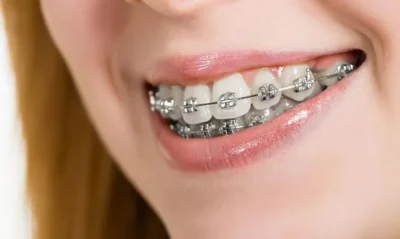
Why Do You Need Orthodontics?
Orthodontics is an effective corrective treatment for several conditions including:
- Crowding or crooked teeth: This occurs when teeth are crooked or overlapping irregularly.
- Teeth spaced too far apart: This causes gaps between the teeth, which affects the overall appearance and makes cleaning the teeth more difficult.
- Upper front teeth overlap with lower front teeth: This condition can cause tooth wear and an inability to bite properly.
- Protruding lower jaw: When the lower jaw protrudes in front of the upper jaw, causing problems with occlusion.
- Jaw misalignment: It leads to uneven jaw alignment, which can cause problems with chewing and speech.
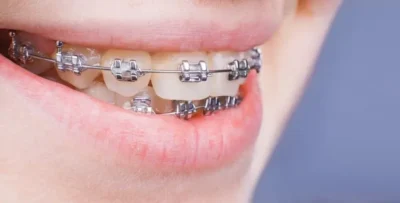
Types of Orthodontics:
- Metal orthodontics
Metal braces are the most common and are used in most adult orthodontic cases. This type of brace consists of small, rust-resistant metal brackets that are attached to the surfaces of the teeth using strong adhesives. These brackets are connected using thin metal wires to adjust the teeth and move them into the correct positions. Although effective, the aesthetic appearance of this type of brace may not be preferred by some. - Ceramic orthodontics
Many adults prefer ceramic braces because of their aesthetic appearance. This type of braces is made of a transparent ceramic material that matches the color of the teeth, making them less noticeable than metal braces. This type has the advantage of achieving good cosmetic results without sacrificing effectiveness. - Internal orthodontics
Internal braces are used in cases of crowded teeth resulting from a small jaw size. The brackets are placed on the inner surface of the teeth, making them invisible from the outside. This type helps push the teeth forward and expand the jaw bones, restoring the face to its natural shape. - Clear orthodontics
Clear orthodontics is a popular choice for adults and teens with minor misalignments. They look a lot like dentures but are made of clear plastic. They are custom-made to fit the patient’s mouth and match the shape of their teeth. Clear aligners can be removed for cleaning and eating, making them comfortable and easy to wear. - Moving orthodontics
Removable braces are the simplest type of braces, as they are only placed on the front of the teeth. They are often used after traditional treatment to ensure that the teeth remain in their new position. They are best used with children to ensure that the teeth do not return to their wrong position after treatment.
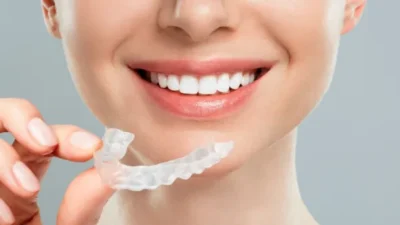
Steps for Installing Orthodontics:
The process of installing orthodontics includes several steps to ensure the best results:
- Applying the adhesive: The doctor begins by applying an adhesive to the surface of the teeth and jaws.
- Installing the brackets: The brackets are fixed to the adhesive and pressed firmly to ensure their stability.
- Wire fixation: The brackets are connected using metal wires to achieve the desired adjustment in the arrangement of the teeth.
- Regular visits: You should visit your doctor regularly to change the wires and adjust the braces as needed to ensure treatment progress.
Benefits of Orthodontics:
The benefits of orthodontics include improving the overall appearance of the face and increasing self-confidence through a bright, healthy smile. In addition, orthodontics helps improve oral functions, such as chewing and speaking and reduces the likelihood of oral problems such as cavities and gum disease.
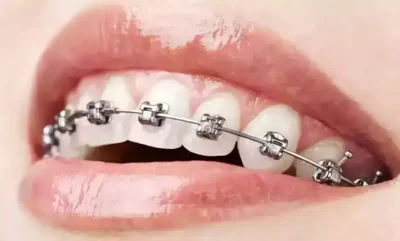
Does Orthodontics Cause Pain?
Usually, orthodontics is not painful, but the patient may feel some discomfort about a week after the procedure. This feeling is due to the pressure that the braces exert on the teeth to move them. The doctor can provide pain relievers to relieve symptoms during the first period of treatment.
Important Tips to Consider After Installing Orthodontics :
After installing the orthodontics , some tips must be followed to ensure the success of the treatment and maintain oral health:
- Wearing a dental retainer: to ensure that the teeth do not return to their previous position after the braces are removed.
- Cleaning the retainer: Use lukewarm water and a brush to clean the retainer and avoid using toothpaste which may stain the retainer.
- Avoid harmful foods: Cut out solid foods and avoid sugars, starches, and sticky foods that may stick to the braces.
- Daily care: Brush your teeth regularly and after every meal, and make sure to eat foods rich in fluids.
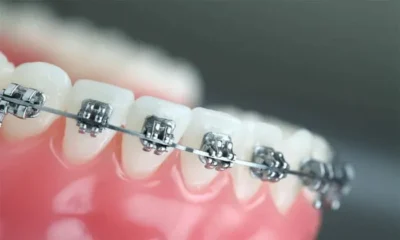
Finally:
Orthodontics is an investment in your health and appearance that is well worth the effort. With advanced dental technology and expertise, anyone can achieve the perfect smile that boosts self-confidence and improves overall oral function. If you are considering orthodontics, be sure to consult a qualified dentist to get the best treatment plan for your needs.
Please enter your data correctly
We will contact you as soon as possible.


